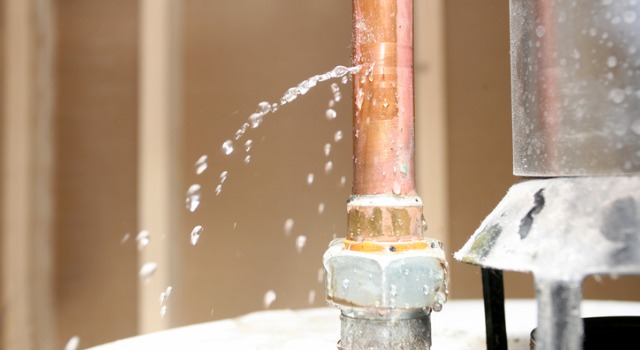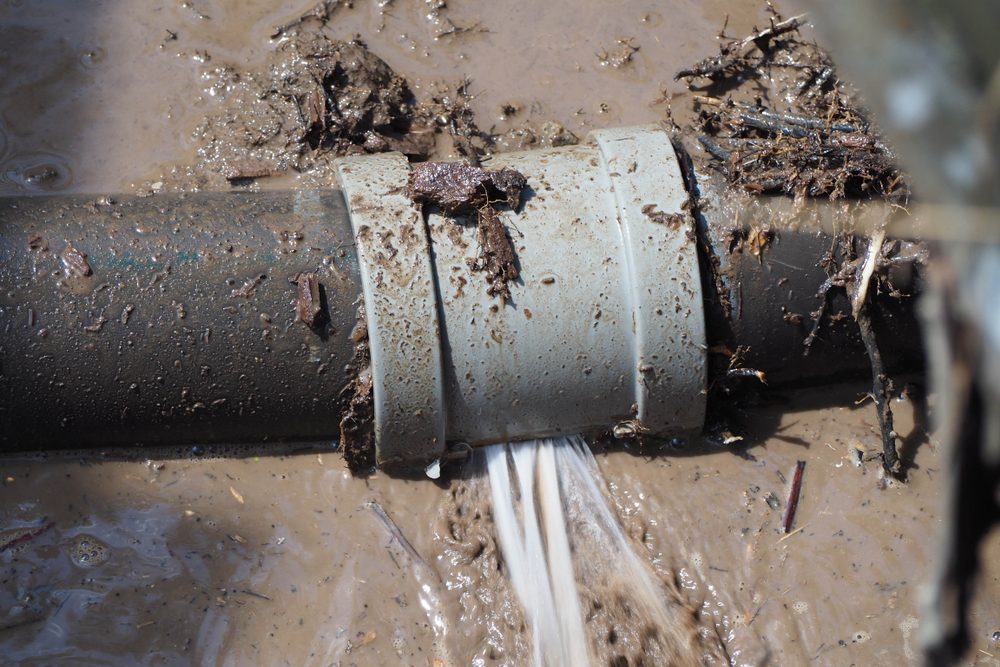Quick Overview: Identifying and also Fixing Burst Pipes in your house
Quick Overview: Identifying and also Fixing Burst Pipes in your house
Blog Article
What're your concepts on How to Prepare for Your Dishwasher Installation?

A ruptured pipeline is a major emergency; you can only stand as you watch water you pay dearly to rejoin with the planet. In worse cases, you notice a swimming pool on your kitchen area floor, which is a great journey risk, especially if you have children around. If the pipeline that ruptured was in your walls, trouble: you might need to paint that whole section.
How can a tragedy like a ruptured pipe be prevented and also handled? Well, by listening to your specialist emergency plumbing technicians as well as following these guidelines.
How do I understand when my pipes have ruptured?
Changing water pressures
Pipelines do not just burst in a day. You might have observed that your kitchen faucet or shower doesn't run quickly when you transform the faucet. It might stop briefly for a couple of secs and then blast you with even more force than common.
In other circumstances, the water may appear typical at first, after that drop in stress after a few secs.
Wet wall surfaces as well as water discolorations
Before a pipeline bursts, it will certainly leak, a lot of times. If this relentless leaking goes undetected, the leakage may finish into a broad wound in your pipe. One simple way to avoid this emergency is to keep an eye out for damp walls advertisement water discolorations. These water stains will certainly lead you right to the leakage.
Puddles under pipes as well as sinks
When a pipeline bursts, the outflow creates a puddle. It may show up that the pool is growing in size, and also despite how many times you mop the pool, in a couple of minutes, there's one more one waiting to be cleaned up. Often, you may not have the ability to map the pool to any visible pipelines. This is an indicator to call a specialist plumber.
Untraceable dripping noises
Pipe ruptureds can take place in one of the most unpleasant locations, like within concrete, inside wall surfaces, or under sinks. When your house goes quiet, you may be able to hear an irritatingly relentless trickling noise. Even after you've inspected your shower head and also cooking area faucet, the dripping may continue.
Precious visitor, the leaking might be originating from a pipeline inside your wall surfaces. There isn't much you can do concerning that, except tell an expert plumber.
Turn off the Water
When water freezes, it broadens in quantity by regarding 9 percent. And also it increases with significant pressure: The stress inside pipelines may go from 40 pounds per square inch to 40,000 psi! No pipe can hold that much pressure, so it breaks open. The break may occur where the ice forms, but more often, it occurs where water pressure finds a weak spot in the pipe. That may be inches or even feet from the frozen area. Find the water shutoff valve and turn off the water to prevent more damages. You could additionally require to shut off the electricity too, relying on where the leakages takes place as well as exactly how huge it is.
Polluted water
Lots of people assume a burst pipe is a one-way electrical outlet. Fairly the contrary. As water spurts of the hole or tear in your plumbing system, pollutants discover their way in.
Your water may be infected from the resource, so if you can, examine if your water storage tank has any troubles. Nevertheless, if your drinking water is supplied and also cleansed by the city government, you need to call your plumber promptly if you see or smell anything funny in your water.
What do I do when I identify a burst pipe?
Your water meter will continue to run even while your water wastes. To minimize your losses, locate the major controls and also transform the supply off. The water mains are an above-ground structure at the edge of your property.
How to Fix & Detect a Leaking Pipe
How Do I Know if a Pipe is Leaking?
Leak detection tests can help you determine if your pipe has a leak. Even if you don’t see an apparent leak, you should still conduct leak detection tests regularly to save water and money—and prevent major damage to your home.
Water meter. It can be helpful to figure out what your usual water meter usage numbers are and then monitor them regularly. To monitor your meter, first, turn off all water faucets in your home. Check the meter and write down the numbers. In a few hours, check the meter again. If the numbers have changed, you have a leak. Water gauge. Use a water gauge to test your water pressure. Your showerhead should produce a certain amount of water pressure based on its model and design. If the pressure is lower than it is supposed to be for that specific showerhead, your home likely has a leak. Puddles. Look inside your bathroom, laundry, and kitchen sink cabinets. Puddles around the cabinets or around toilets, tubs, showers, and washing machines indicate the presence of a leaking pipe. You may also notice loose tiles, peeling or flaking paint, or mold caused by water accumulation. Napkin test. Even if you don’t see any puddles, you may still have a leak. You can test for water leaks in the bathroom, laundry, and kitchen by wiping below-sink connections with a napkin, paper towel, or piece of toilet paper. If it becomes damp, you probably have a leaking pipe under the sink. Discolored walls. Walls that are discolored—usually with brown or yellow stains—or bulging might mean that they have been impacted by water damage caused by a leaking pipe. Smell. A leaky pipe will create sitting water, and over time, that water may develop a musty smell. If your home smells musty, but you can’t locate the source, it may be due to a leak. Steps for Fixing a Leaking Pipe
A leaky drain can be remedied by tightening the pipe base, replacing the drain seal, caulking the rim, and tightening the pipe nut. Similarly, a leaking toilet pipe can be treated by tightening the packing nut. You may also need to replace the valve. A leaky faucet may just need tightening or replacement of the washers. If that doesn’t work, consider replacing your faucet. If your pipe has a hole in it, you may want to use a pipe leak sealer or pipe leak tape. This quick fix for water pipe leaks can also temporarily fix a copper pipe leak. https://www.ahs.com/home-matters/quick-tips/how-to-tell-if-pipes-are-leaking/

As a reader on What to Know Before Installing a Dishwasher, I imagined sharing that editorial was smart. Please set aside a second to share this blog posting if you enjoyed it. Many thanks for your time. Visit again soon.
Further Details
Report this page